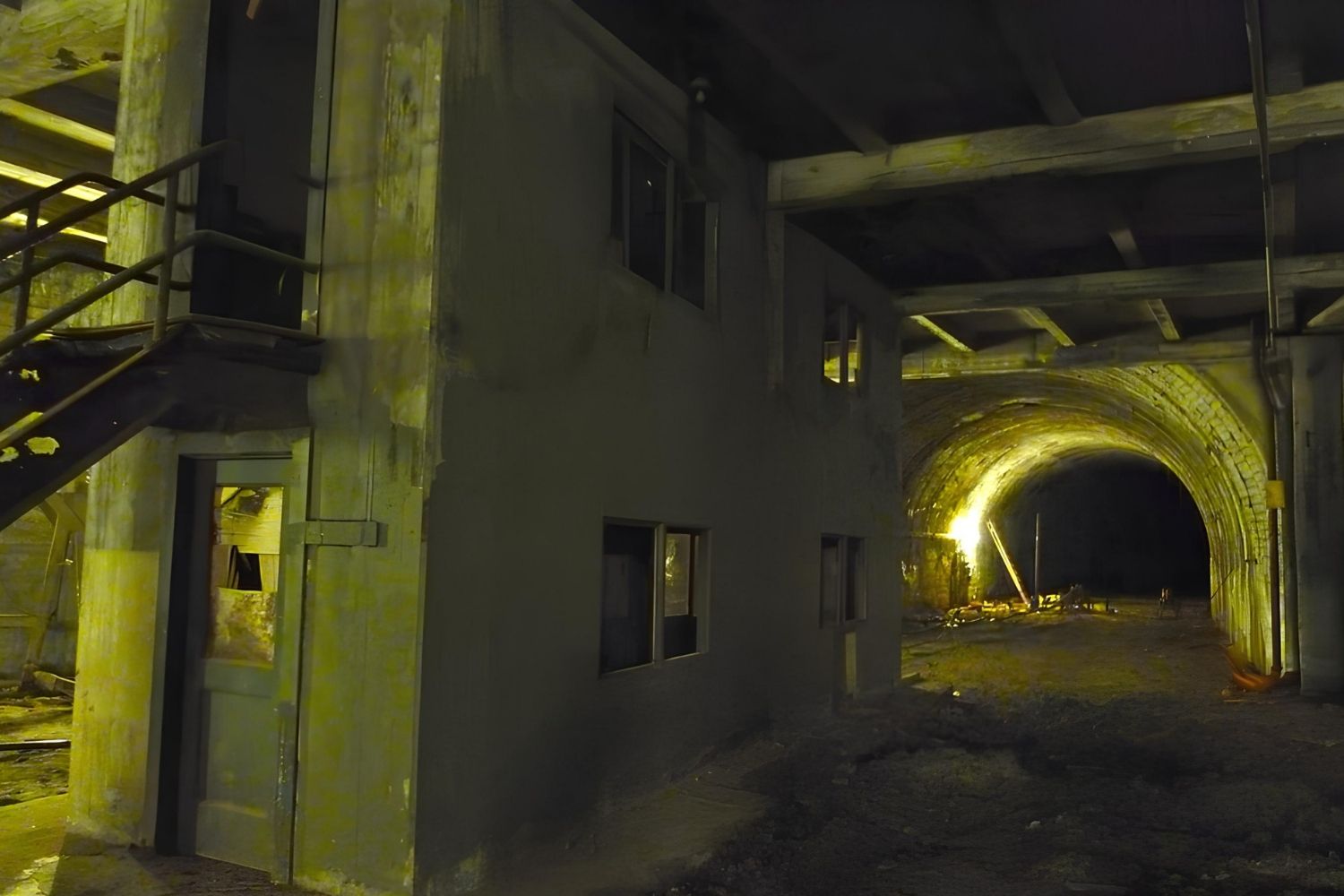Secrets Beneath Speakeasies: Prohibition-Era Tunnels

Ever wondered what lies beneath the surface of your favorite city? During the Prohibition era, secret tunnels played a crucial role in keeping speakeasies hidden from law enforcement. These underground passages connected bars, restaurants, and private homes, allowing people to enjoy alcohol away from prying eyes. Today, many of these tunnels still exist, offering a glimpse into a fascinating part of history. Exploring these hidden pathways can feel like stepping back in time. Whether you're a history buff or just curious, learning about Prohibition-era tunnels adds a layer of intrigue to any city adventure. Ready to uncover these secrets? Let's dive in!
Hidden Tunnels of New York City
New York City, the bustling metropolis, holds secrets beneath its streets. During Prohibition, speakeasies flourished, and with them came a network of hidden tunnels. These underground passages helped bootleggers transport illegal alcohol and evade law enforcement.
Chumley's
Located in Greenwich Village, Chumley's was a popular speakeasy. Its hidden entrance and secret tunnels allowed patrons to escape during police raids. Today, Chumley's operates as a restaurant, but its history remains a fascinating part of NYC's past.21 Club
The 21 Club, an iconic establishment, featured a complex system of tunnels. These passages connected to nearby buildings, providing a quick escape route. The club's wine cellar, hidden behind a secret door, still exists and offers a glimpse into its clandestine operations.
Chicago's Underground Network
Chicago, known for its gangster history, also had an extensive network of Prohibition-era tunnels. These secret passages were used by notorious figures like Al Capone to smuggle alcohol and evade capture.
Green Mill Cocktail Lounge
The Green Mill, a famous jazz club, had tunnels that connected to nearby buildings. These passages allowed gangsters to move freely without detection. The club still operates today, offering live music and a taste of its storied past.The Hideout
The Hideout, a small bar with a big history, featured hidden tunnels used by bootleggers. These passages provided a safe route for transporting illegal alcohol. The Hideout remains a popular spot for live music and events, preserving its Prohibition-era charm.
San Francisco's Secret Passageways
San Francisco, with its vibrant nightlife, also had its share of hidden tunnels during Prohibition. These underground routes helped speakeasies thrive in the face of strict alcohol laws.
The Saloon
The Saloon, one of San Francisco's oldest bars, had tunnels that connected to nearby buildings. These secret passages allowed patrons to escape during police raids. The Saloon continues to operate, offering live music and a glimpse into its Prohibition past.Bourbon & Branch
Bourbon & Branch, a modern speakeasy, pays homage to its Prohibition roots. The bar features hidden entrances and secret tunnels, creating an authentic experience. Visitors can explore these passages and imagine the clandestine activities that once took place.
Los Angeles' Hidden Passageways
Los Angeles, the city of stars, also had a network of tunnels during Prohibition. These secret routes helped speakeasies and bootleggers evade law enforcement.
The Varnish
The Varnish, a speakeasy located in downtown LA, features hidden tunnels that connect to nearby buildings. These passages provided a quick escape route during police raids. The Varnish continues to operate, offering craft cocktails and a taste of its secretive past.The Edison
The Edison, a bar located in a historic power plant, had tunnels used during Prohibition. These secret passages allowed for the discreet transport of alcohol. The Edison remains a popular nightlife spot, offering a unique blend of history and modern entertainment.
Boston's Secret Tunnels
Boston, with its rich history, also had hidden tunnels during Prohibition. These underground routes helped speakeasies and bootleggers operate under the radar.
The Bell in Hand Tavern
The Bell in Hand Tavern, one of Boston's oldest bars, had tunnels that connected to nearby buildings. These secret passages allowed patrons to escape during police raids. The tavern continues to operate, offering a glimpse into its storied past.The Warren Tavern
The Warren Tavern, another historic bar, featured hidden tunnels used during Prohibition. These passages provided a safe route for transporting illegal alcohol. The Warren Tavern remains a popular spot, preserving its Prohibition-era charm.
Hidden Stories of Speakeasies
Prohibition-era tunnels tell tales of a time when creativity and rebellion thrived. These hidden passages, once bustling with secret activities, now offer a glimpse into a fascinating past. Exploring these tunnels, you can almost hear the whispers of those who defied the law for a taste of freedom.
Visiting these sites, you’ll appreciate the ingenuity and determination of people who found ways to enjoy life despite restrictions. Whether you're a history buff or just curious, these tunnels provide a unique experience. They remind us that even in tough times, people find ways to adapt and thrive.
Next time you visit a city with a rich Prohibition history, seek out these hidden gems. You’ll walk away with a deeper understanding of a bygone era and the resilience of those who lived through it.

